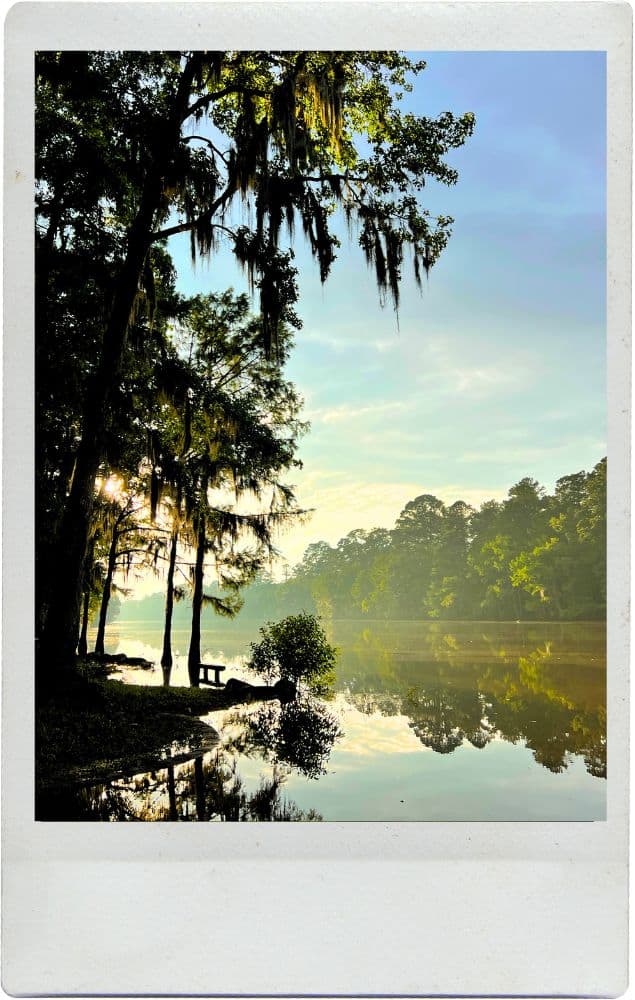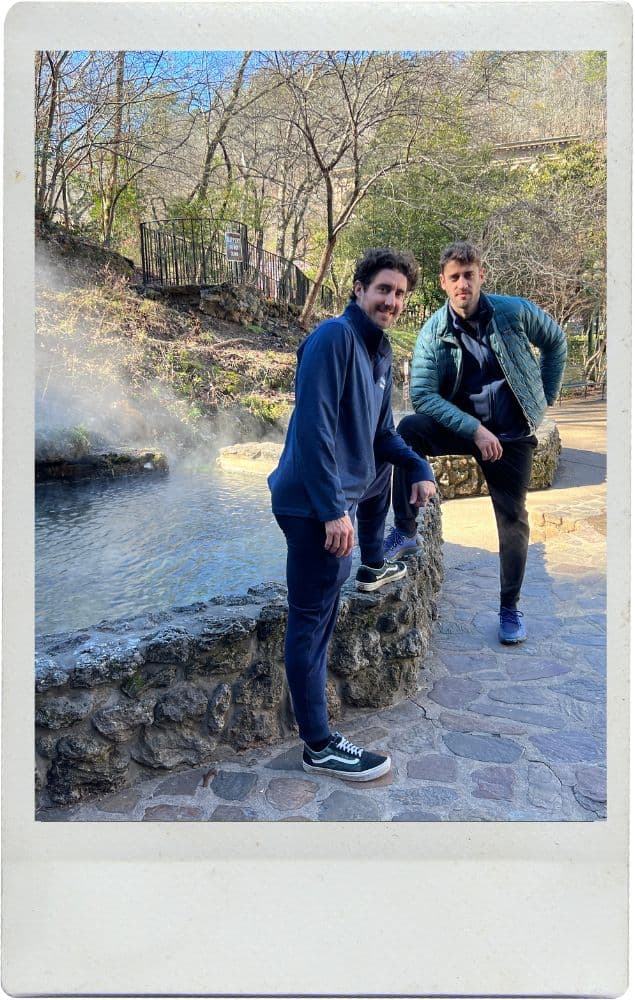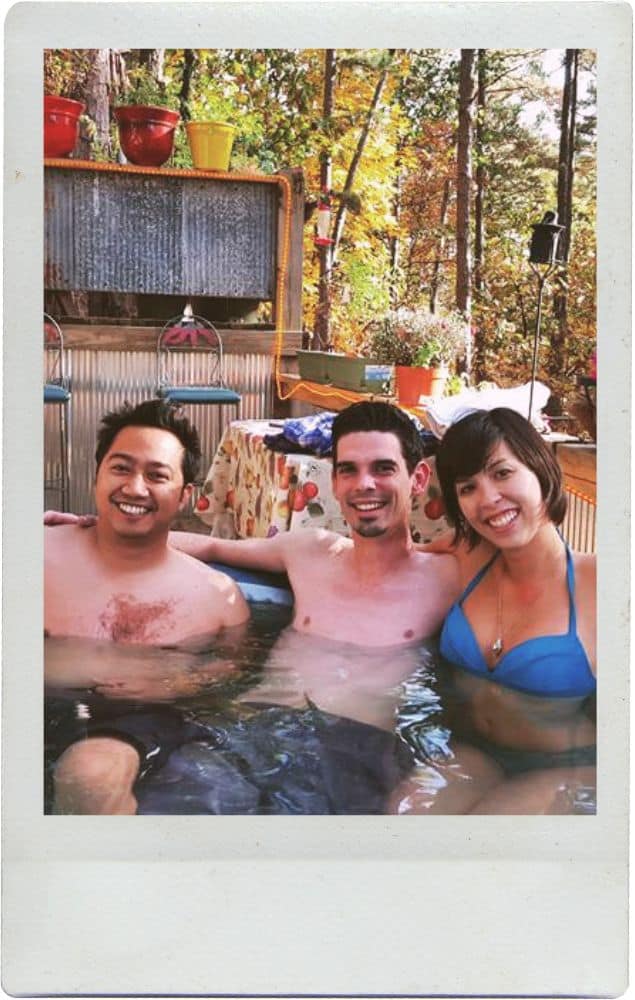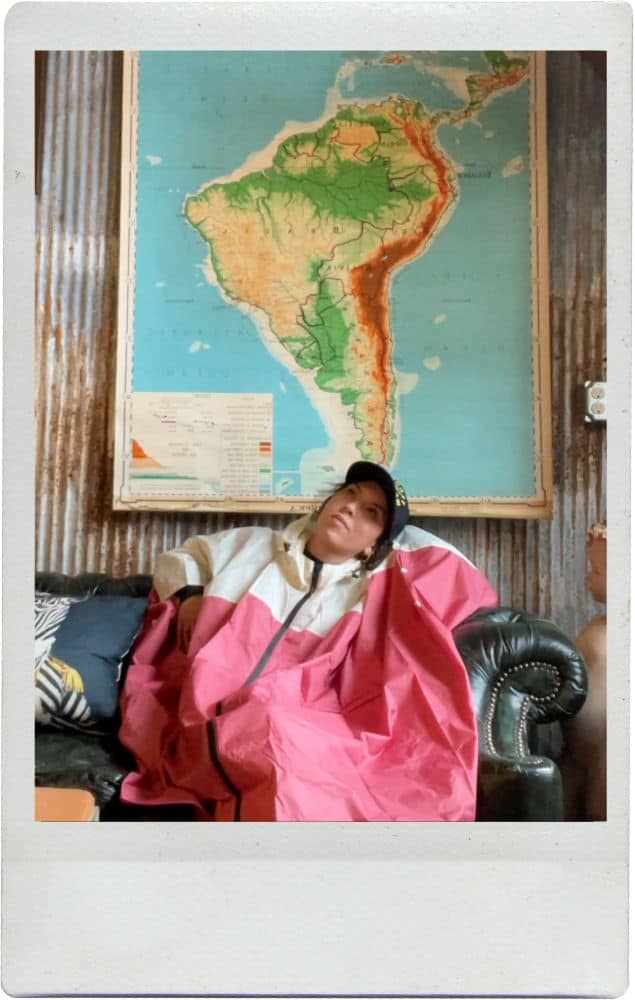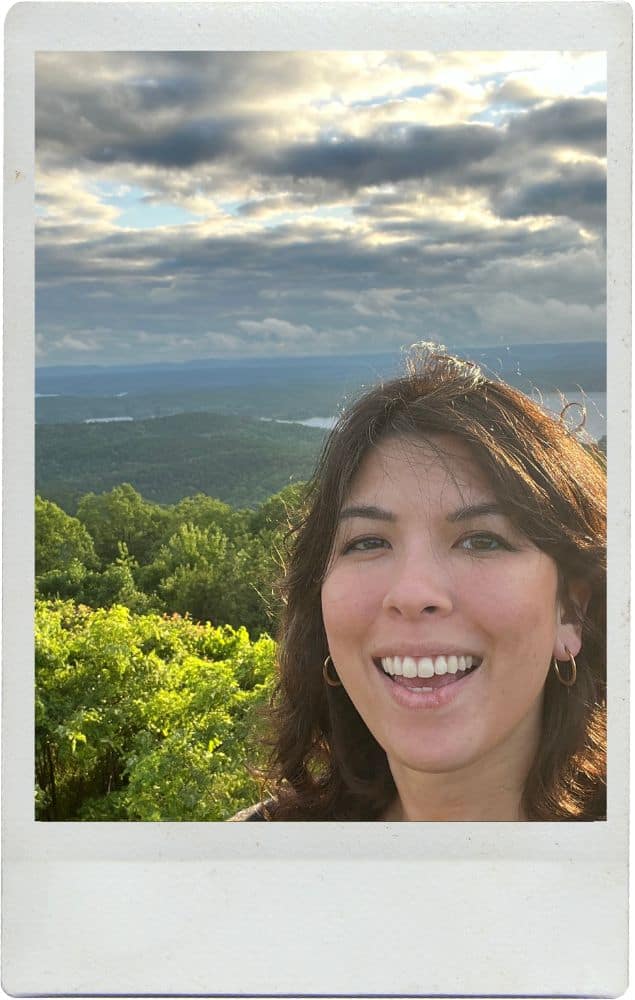The History of the Caddo People: Honoring the Indigenous Roots
Long before diamonds were mined or bathhouses were built—before highways curved through forests and borders were drawn—this region was home to the Caddo people. Stretching across what we now call Arkansas, East Texas, Louisiana, and parts of Oklahoma, the Caddo were not distant ancestors or vague historical figures. They were farmers, artists, spiritual leaders, and astronomers—keepers of a deep, living knowledge of the land.
Their legacy still hums in the rivers, the red clay, and the ceremonial mounds. To walk through these landscapes is to walk through memory—whether you realize it or not.
This post is a tribute to that memory—and an invitation to listen more deeply as you travel through the South.

1. Who Are the Caddo People?
The Caddo Nation is a Native American people made up of several interconnected tribes, including the Kadohadacho, Hasinai, Natchitoches, and others. They originally inhabited a vast region that today spans parts of:
- Southwest Arkansas
- East Texas
- Northwest Louisiana
- Southeastern Oklahoma
The word “Caddo” comes from a French abbreviation of “Kadohadacho,” one of the primary groups. The Caddo were part of the larger Caddoan linguistic family, which also included tribes further north.
2. Life Before European Contact: Sophisticated & Sacred
By the time Europeans arrived in the 16th century, the Caddo already had a thriving, complex society. They:
- Built large earthen mounds used for ceremonies, council houses, and burials—some of which still exist today
- Practiced advanced agriculture, growing corn, beans, squash, sunflowers, and tobacco
- Lived in beehive-shaped thatched homes clustered around community plazas
- Had intricate trade networks stretching across the Mississippian world
- Believed deeply in cosmology, balance, and spiritual harmony with the earth
The land wasn’t just a resource—it was sacred. Rivers were seen as living entities, and springs, especially, were considered powerful and healing.
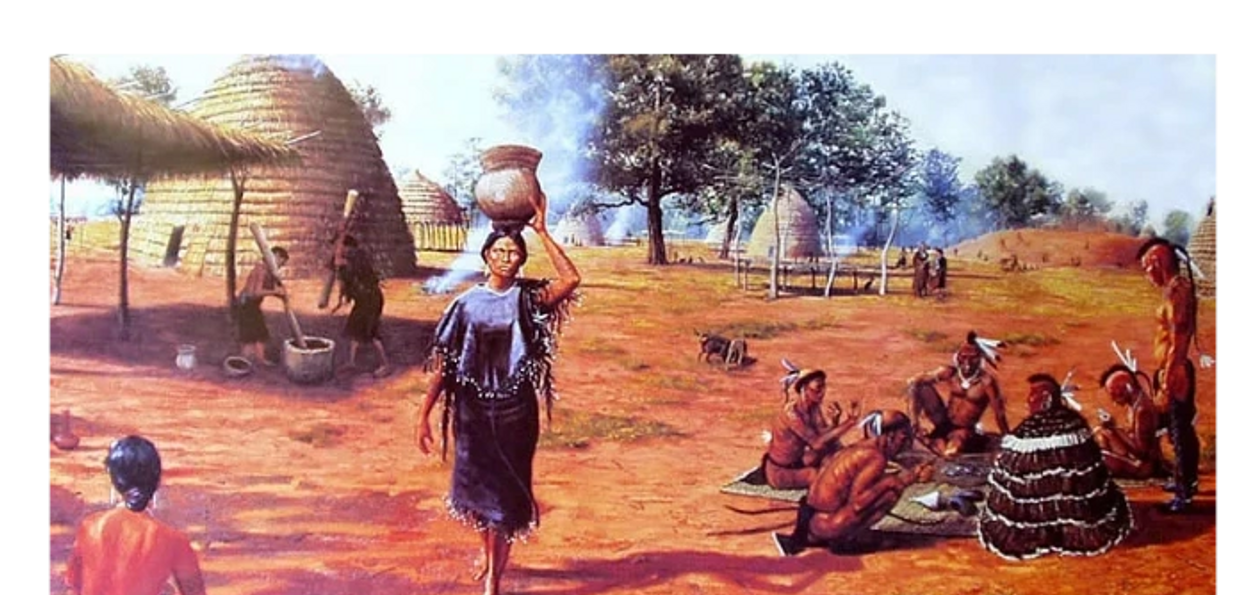
3. The Arrival of Colonizers & Forced Removal
European arrival brought devastation. Disease, war, and the pressure of colonization gradually displaced the Caddo from their ancestral homelands.
In the 1800s, under pressure from the U.S. government, most Caddo groups were forced to relocate to Indian Territory, which is now Oklahoma, as part of the broader Indian Removal campaigns.
This loss of land wasn’t just a geographic shift—it was a spiritual rupture. Sacred mounds were abandoned. Rivers no longer sang the same songs. And yet—the Caddo people endured.
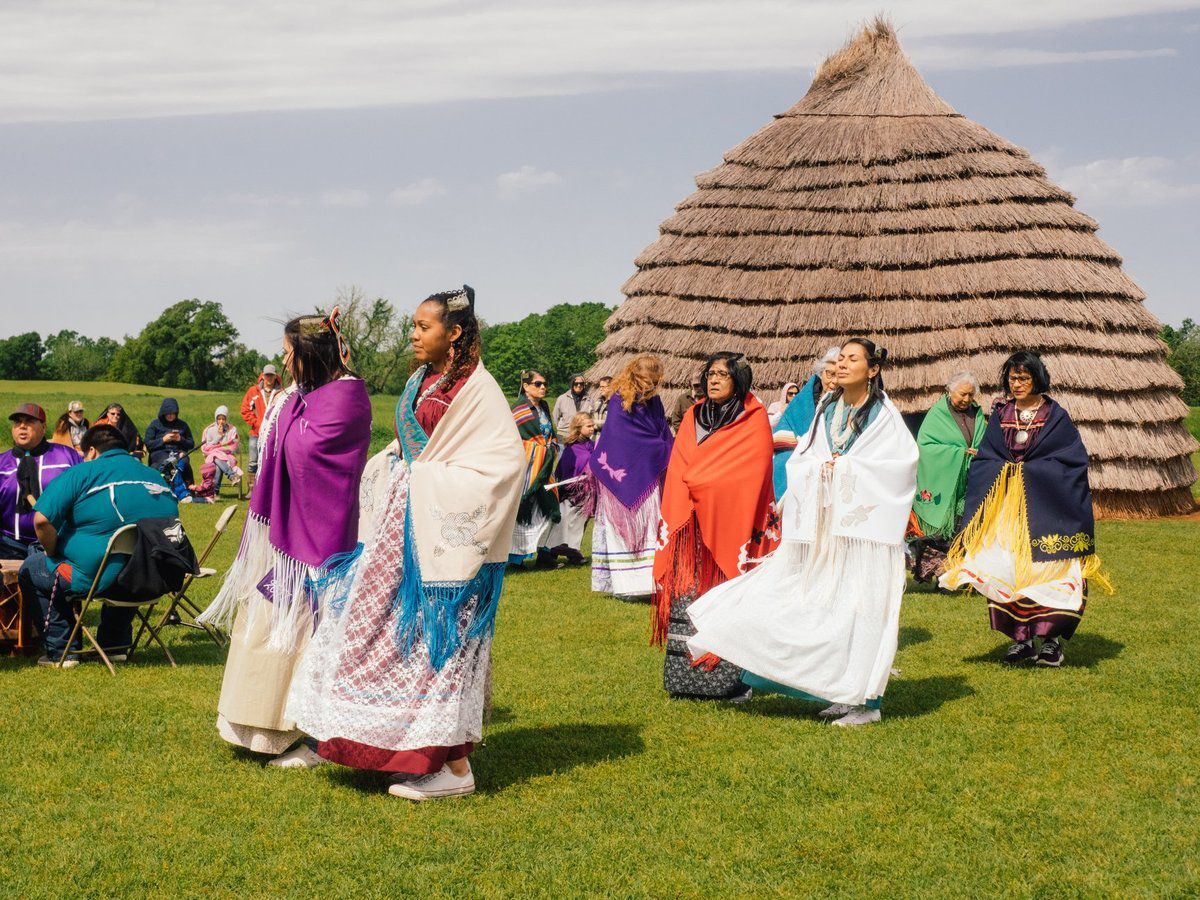
4. The Caddo Nation Today
Today, the Caddo Nation of Oklahoma is a federally recognized tribe headquartered in Binger, OK. They continue to:
- Preserve their language, traditions, and spiritual practices
- Host cultural gatherings and events to pass down knowledge
- Operate museums and education programs to keep Caddo history alive
- Engage in cultural preservation efforts—including mound protection, archaeology, and land rights initiatives
The Caddo people are not just a chapter in history books—they are a living, evolving nation carrying forward their ancestral memory.
5. Traces of the Caddo in the United States Today
If you’re traveling through southwest Arkansas, northeast Texas, northwest Louisiana, or southeastern Oklahoma, you are on Caddo ancestral land. You may not always see markers or monuments. But the land remembers.
Here are a few places where their legacy lingers—and ways to honor it:
- Crater of Diamonds State Park (AR): These diamond fields sit on former Caddo territory.
- Caddo Gap, Arkansas: A place named for the people who once lived and thrived there.
- Caddo Lake (TX/LA): One of the most spiritually significant landscapes still echoing with their presence.
- Sacred waters, springs, and caves throughout the region: These held deep ceremonial and cultural meaning.
- Hiking trails in the Ouachita and Piney Woods regions: Many follow ancient trade and seasonal migration paths.
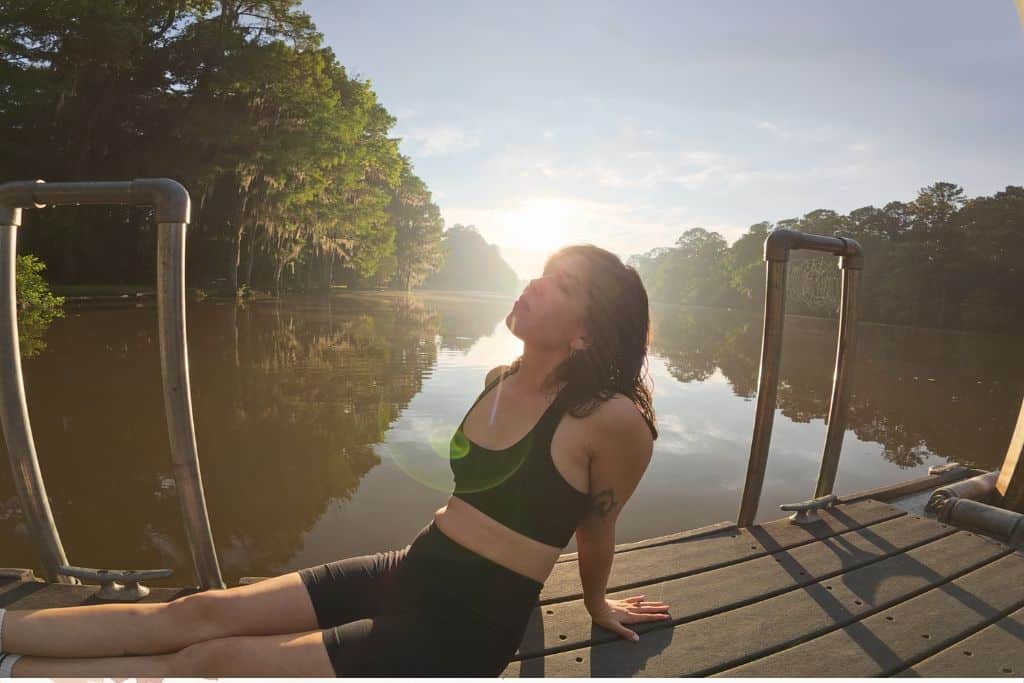
6. How You Can Honor the Caddo Legacy as a Traveler
- Acknowledge the land you’re on and learn who originally cared for it
- Support Native-owned businesses and artists when you can
- Visit museums and cultural centers that honor Indigenous voices
- Read from Caddo authors or storytellers
- Respect sacred sites—even those unmarked
Remember the Story Beneath the Soil
As travelers, we often focus on the visible—trails, crystals, bathhouses, diamonds. But what lies beneath those things?
The Caddo people lived with an understanding that the land is not just a place—but a relative. A teacher. A spirit.
To walk through the Ouachita region is to walk across their memory. We don’t need to rewrite their story. We just need to remember it.


